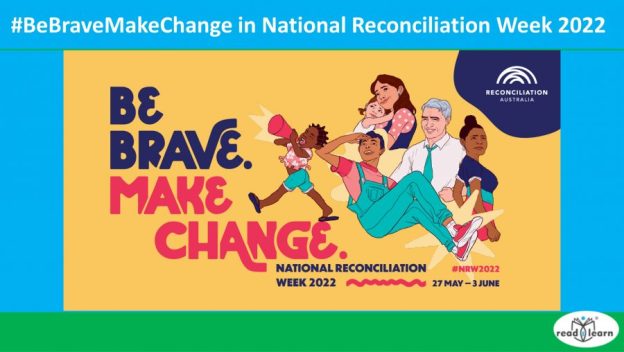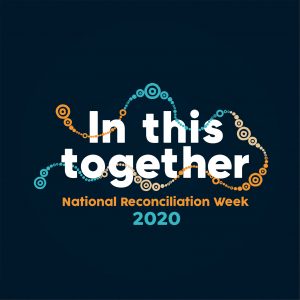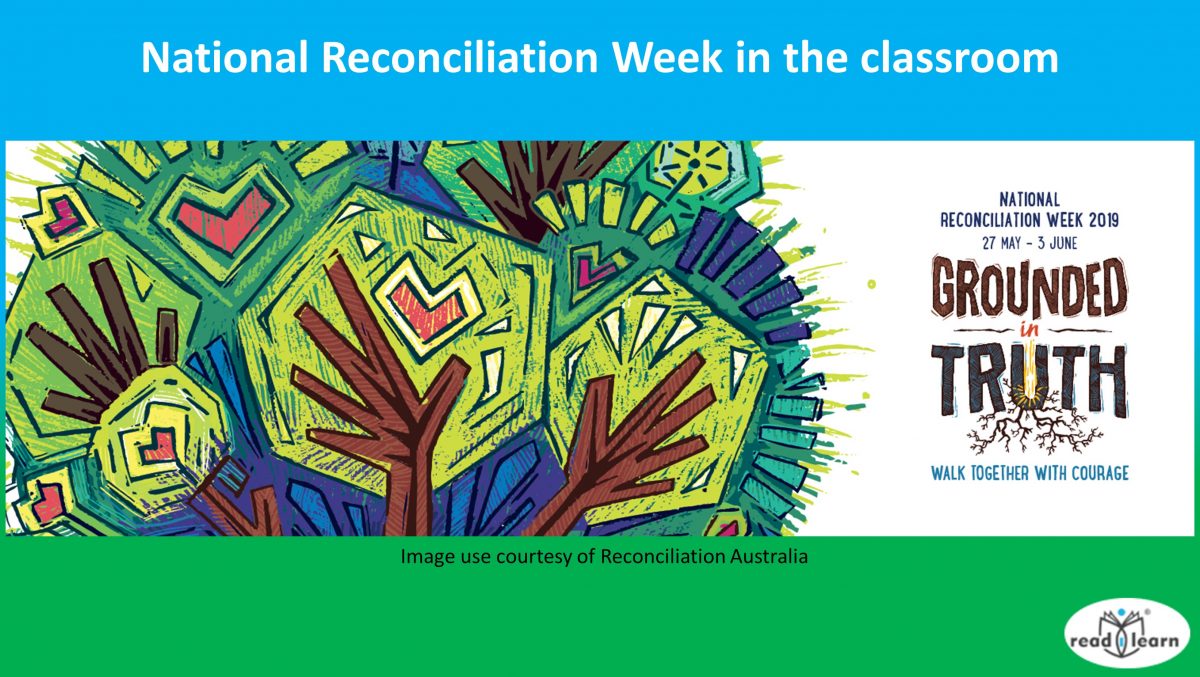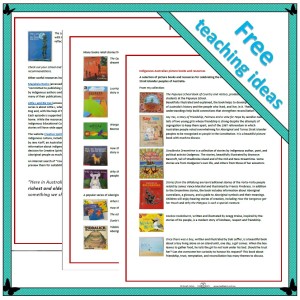Today, Friday 27 May is the first day of National Reconciliation Week which runs until 3 June. The theme this year is ‘Be Brave. Make Change.’
As expressed on the Reconciliation Australia website, the theme ‘is a challenge to all Australians— individuals, families, communities, organisations and government—to Be Brave and tackle the unfinished business of reconciliation so we can Make Change for the benefit of all Australians.’
It ‘is a time for all Australians to learn about our shared histories, cultures, and achievements, and to explore how each of us can contribute to achieving reconciliation in Australia.’
The dates are chosen to commemorate two events:
On 27 May 1967, more than 90% of Australians voted ‘Yes’ in a referendum to ensure that Aboriginal and Torres Strait Islander people would be recognised in the Census.
On 3 June 1992, the Australian High Court delivered the Mabo decision which recognised the incorrectness of the term ‘terra nullius’ (land belonging to no one). This decision led to the legal recognition of Aboriginal and Torres Strait Islander people as Traditional Owners and Custodians of the land and paved the way for recognition of Native Title.
The day before Reconciliation Week, 26 May, is National Sorry Day which remembers and honours the Stolen Generations.
The website lists actions we can all take to make a change toward reconciliation.
The basis of many of these actions is education. It begins with us, teaching our children to honour and respect the cultures of our First Nations, to learn the truth of our history, and to implement actions for change.
I rarely mention politics in my posts, but with our recent change in government, I was very proud to be an Australian when the incoming Prime Minister Anthony Albanese acknowledged our First Nations peoples in both the introduction and content of his victory speech. These are the words with which he opened his speech:
“I begin by acknowledging the traditional owners of the land on which we meet. I pay my respects to their elders past, present and emerging. And on behalf of the Australian Labor Party, I commit to the Uluru Statement from the heart in full.”
And these are the words which he used further in:
“And together we can embrace the Uluru Statement from the Heart.
“We can answer its patient, gracious call for a voice enshrined in our constitution. Because all of us ought to be proud that amongst our great multicultural society we count the oldest living continuous culture in the world.”
In further recognition, in his first press conference as Prime Minister, Anthony Albanese hung the Aboriginal and Torres Strait Islander Flags alongside the Australian flag in the media room at Parliament House. These statements give me hope for the recognition that our First Nations deserve and is long overdue.
In this post, I share some wonderful books by our Aboriginal and Torres Strait Islander authors and illustrators. This is only a small selection of the growing number available. Magabala Books is a great resource to check out as it publishes only books by First Nations authors and illustrators. Other publishers also have a collection of titles, so it is worth checking out others too. I will be adding these titles to the list already available in readilearn resources Indigenous Australian picture books and resources. A previous post Resources for teaching Aboriginal and Torres Strait Islander Histories and Culture has links to many other useful resources also.
Books for Reconciliation
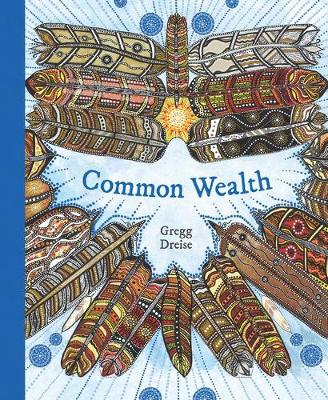
Common Wealth by Gregg Dreise
Published by Scholastic in 2021
Dreise is the author of many wonderful picture books. I first came upon his delightful stories in books such as Kookoo Kookaburra and Mad Magpie which introduce children to the stories of Aboriginal and Torres Strait Islander peoples.
Common Wealth is different. It is a book that challenges us to acknowledge our true history and to ‘break down the barriers of division … by discussing without ammunition, a willingness to listen … to a true common wealth vision.’
The book may not be as suitable for sharing with our younger children, but it makes valuable reading for us anyway as it can empower us in our knowledge and discussions. The half-title page informs us that this book is ‘A Slam Poetry Persuasive — A picture book for older readers. Contains some confronting imagery.’
Dreise opens the book with the words, ‘All that I’m wishing, is that you take a moment to listen …You see, I’m on a mission, to spread unity — not division.’ He takes us on a journey through our national anthem and our history, pointing out the parts that are incorrect and what we need to do to make them more inclusive and true. His illustrations pull no punches and the text added to the illustrations add to the depth of the story and its message. There is much to contemplate and discuss. It may be challenging but it is also empowering and I, for one, can’t help myself wishing for change along with Gregg.
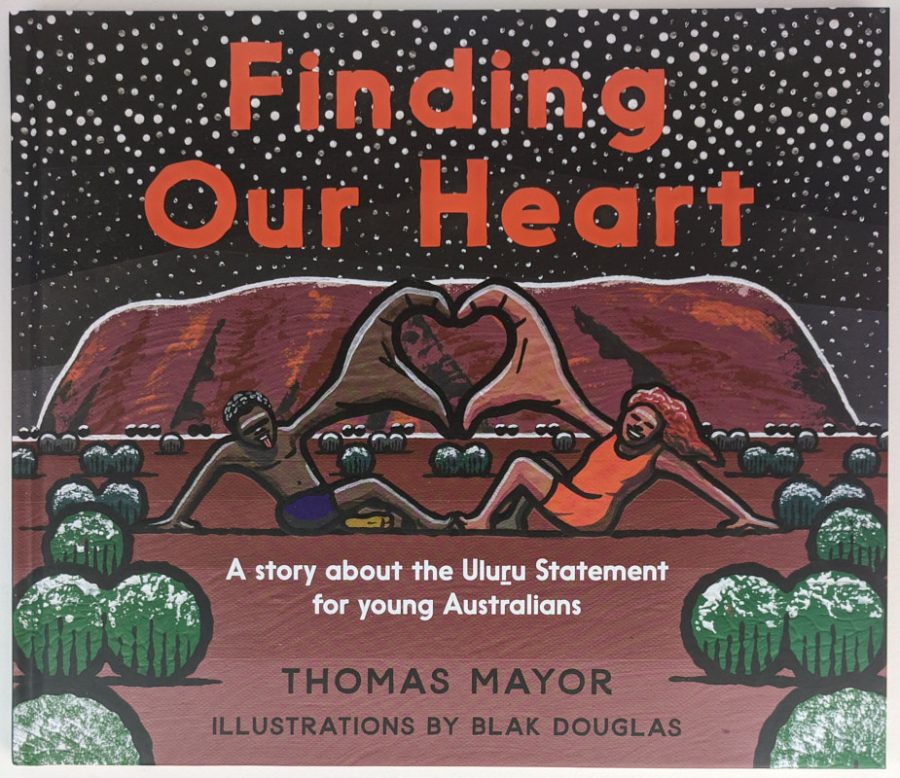
Finding Our Heart by Thomas Mayor, illustrated by Blak Douglas
Published by Hardie Grant 2020
Thomas Mayor was involved in the writing of the Uluru Statement of the Heart. His book for adults titled Finding the Heart of the Nation: The Journey of the Uluru Statement Towards Voice, Treaty and Truth talks about the writing of the statement and reports discussions with many Aboriginal and Torres Strait Islander people whom Mayor met with as he took the Statement on a journey around Australia. It is a very valuable read for adults.
Continue reading: #BeBraveMakeChange in National Reconciliation Week 2022 – readilearn

